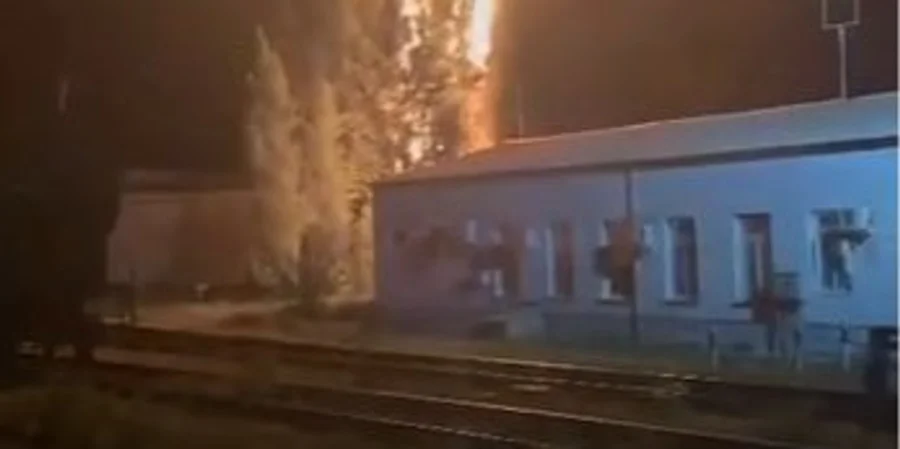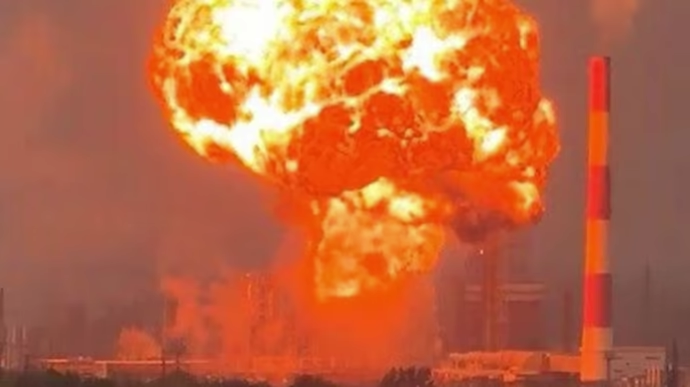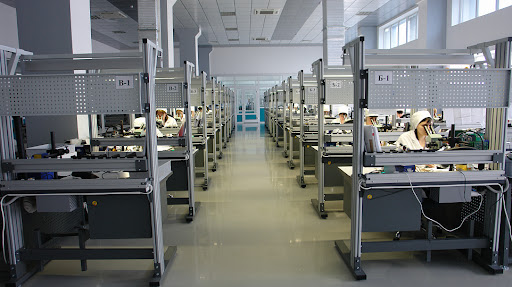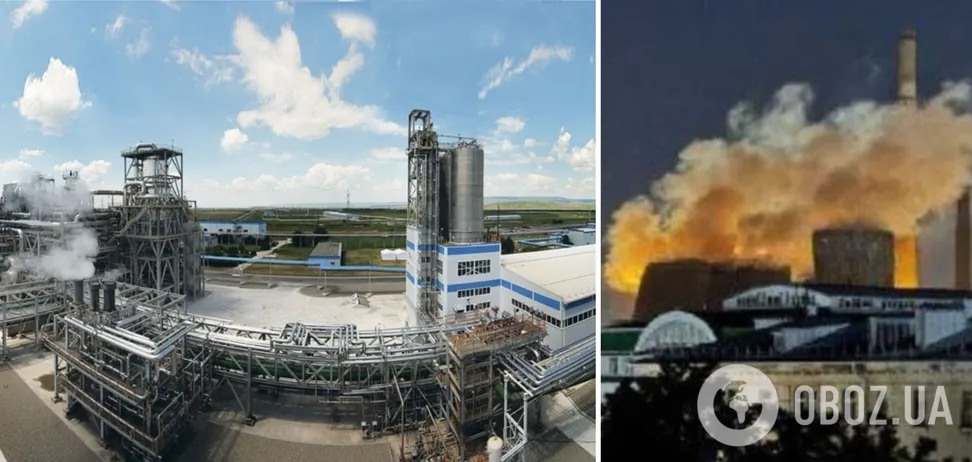Drones attack refineries in Sloviansk-on-Kuban and Volgograd, fire reported
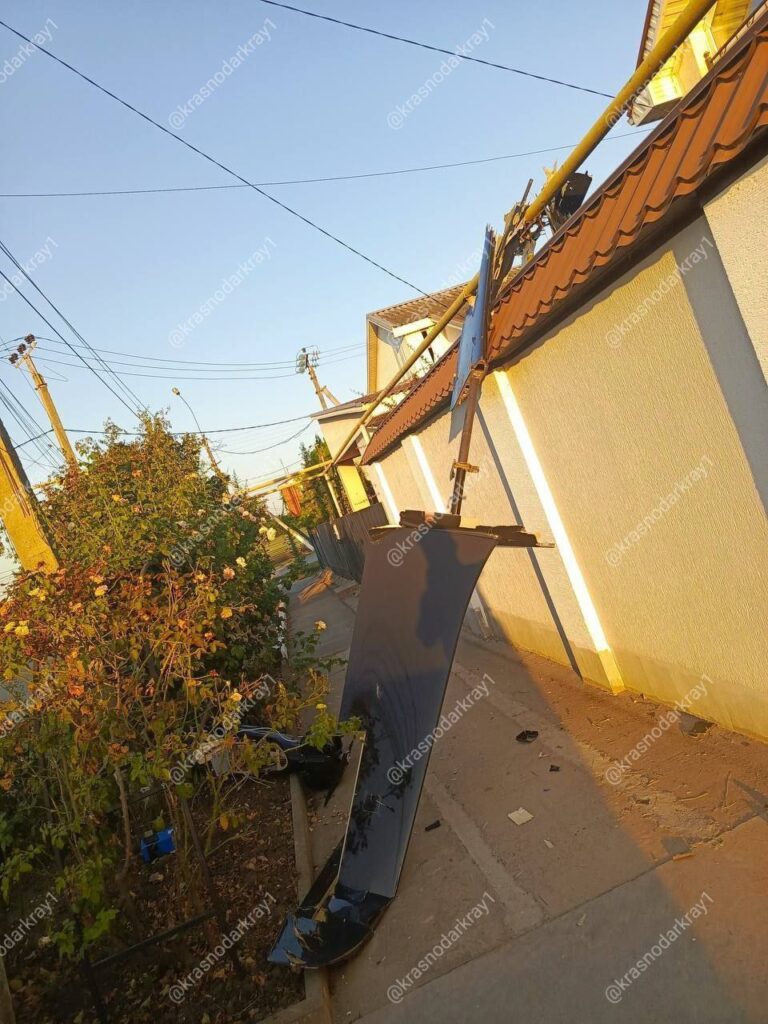
Unmanned aerial vehicles targeted oil refining facilities in Russia’s Krasnodar Krai and Volgograd Oblast during overnight attacks on 13 August, according to Russian sources.
The Russian Telegram channel Shot reports that drone debris fell on the territory of a refinery in Sloviansk-on-Kuban, Krasnodar Krai.
“Debris from one of the drones fell on the territory of the refinery, as a result of which a car allegedly caught fire,” Shot reported. Russian authorities claim no casualties resulted from the attack and that the fire was “promptly extinguished.”
Volgograd also came under drone attack, with the city’s oil refinery identified as the primary target by local Telegram channels. Volgograd Oblast Governor Andrei Bocharov confirmed that “debris from one of the downed drones fell on the roof of a 16-story residential building in the Traktorozavodsky district.”
Residents in southern districts of Volgograd reported air defense systems activation in areas housing industrial zones with the refinery and oil depot, according to Telegram channel Baza.
The overnight strikes follow a pattern of drone attacks on Russian energy infrastructure. On 7 August, Russia faced massive drone attacks that ignited the Afipsky refinery and a military unit in Sloviansk-on-Kuban, Krasnodar Krai. Local emergency services confirmed the fire at military unit No. 61661 in Sloviansk-on-Kuban following the drone strike. Regional authorities also verified the fire at the Afipsky refinery.
Read also
-
The Telegraph: Ukraine may agree to cede already occupied territory but reject further concessions as Trump-Putin talks near
-
Two Russian defense plants hit in under 24 hours — drones strike Orenburg helium site and Stavropol sapphire factory
-
Dnipro command flatly denies DeepState report of Russian control near Donetsk’s Dobropillia

